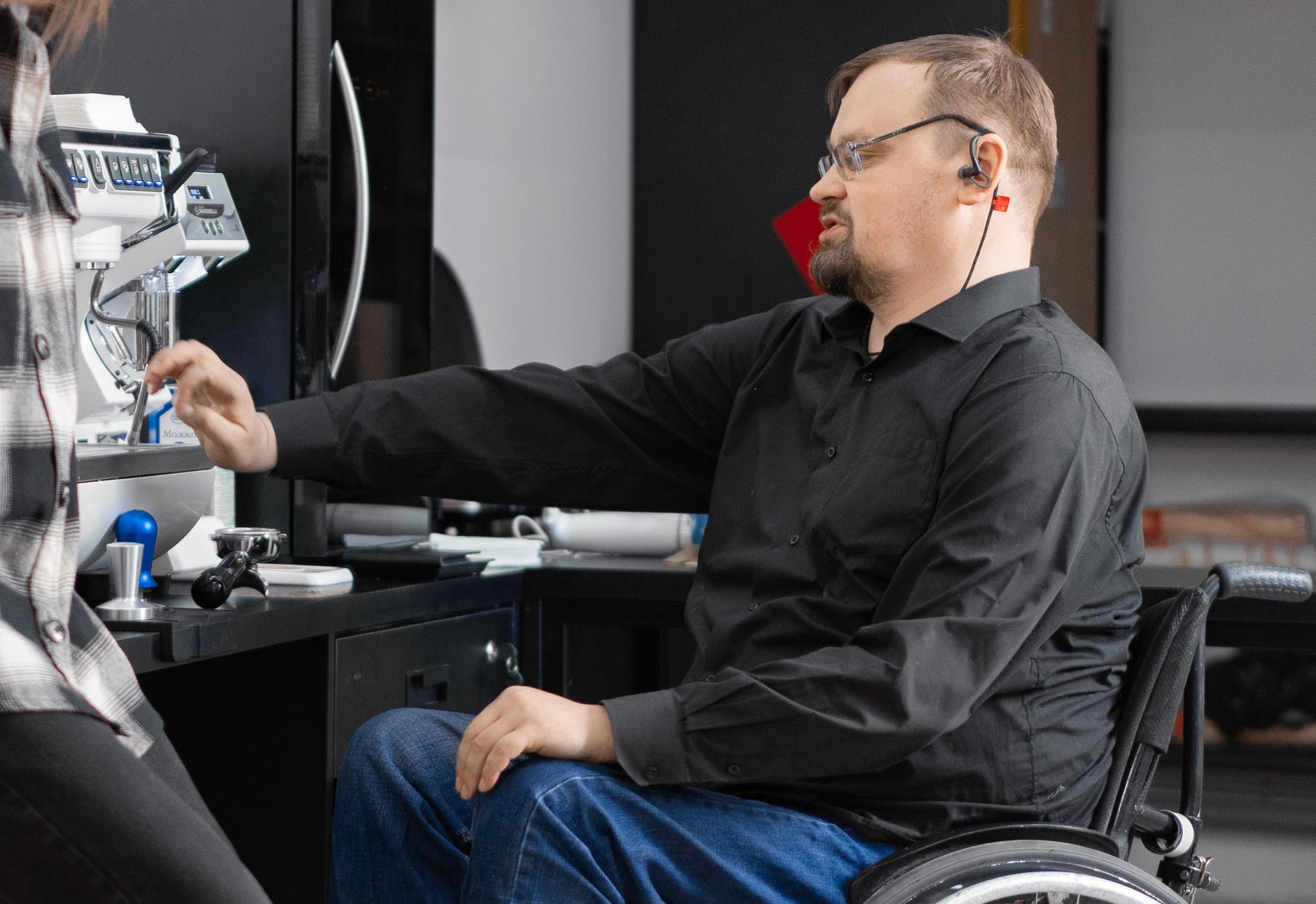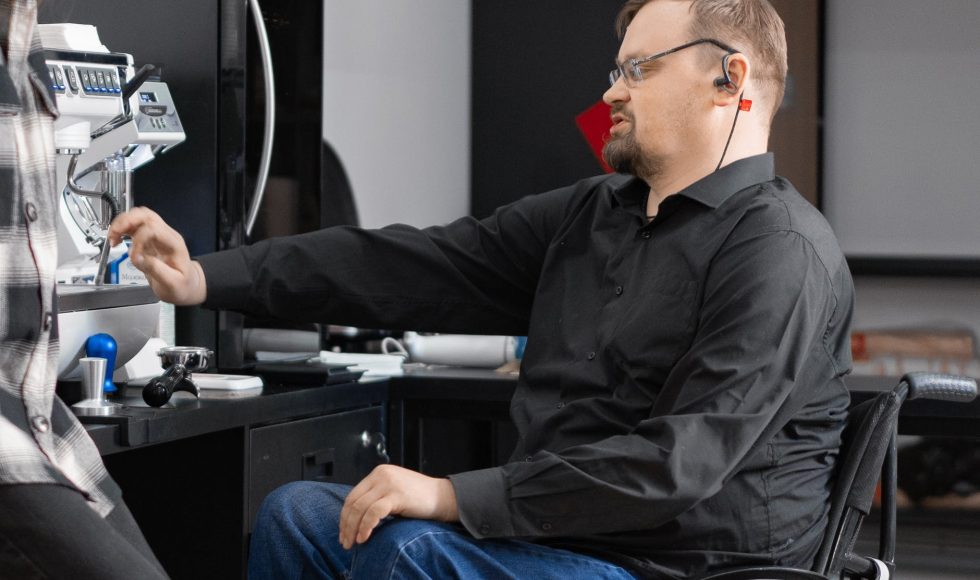Last night I finished watching the 2022 Quality in Action sessions. Today I watched the recording for the 2022 QM Online Research Conference. The session entitled “Inclusive Pedagogy Online: Faculty Development and Effective Strategies” with Nadia Jaramillo Cherez, Jen Meyers, Deanna Lloyd, and Katherine Mc Alvage at Oregon State. Mc Alvage spoke about starting with the QM standards and how all online courses must meet their internal standards at their institution. They started with a campus survey to learn what topics in online inclusive teaching should be discussed. The survey results showed that faculty were interested in online asynchronous inclusive teaching strategies. They collected data from workshop participants. Over one hundred faculty have participated in their Inclusive Teaching Online workshop. The course lasts four weeks and has four modules. Topics include faculty identity, inclusive excellence, social barriers, and cross-cultural communication frameworks. They implemented a survey and collected data. Jaramillo Cherez spoke about the preliminary results of the follow-up survey. Thirty-two participants responded to the follow-up survey at the time of the presentation. Instructors reported changes in language they use in their guidelines, making adjustments to the curriculum and adopting techniques to facilitate discussions. Some faculty respondents collected student feedback and implemented changes. The last category of responses that Jaramillo Cherez explained was transparency in guidelines. Faculty responding to the post-survey indicated modifying guidelines to be more transparent. The syllabus statement came up in survey responses, though Jaramillo mentioned that it is not enough. The tone of writing/language was also important in this statement and the syllabus.
Meyers shared about the Difference, Power, and Discrimination (DPD) courses. They have three course objectives one of which is to explain how difference is socially constructed. They shared some strategies and learning activities and how they align with QM Standards. For example, 1.8 the self-introduction by the instructor is professional and is available online and 4.5 the requirements for learner interaction are clearly stated. Lloyd spoke about a course they teach on sustainability in action. They mentioned that their introduction video (standard 1.8) shares aspects of their positionality, models humanity and vulnerability, and sets the tone for the course. Lloyd shared some mistakes made in a video announcement to class with the goal of leading by example. Connecting to the idea of student perceptions, Lloyd shared social identities and positionality and spoke about their influence on instructor credibility, evaluation, and bias. I appreciate how Lloyd emphasized de-centering themselves as an expert and focusing on their role as facilitator. Lloyd considered how students also have social identities and positionality that fit with QM standards. During the question and answer session, a participant mentioned that this session made them aware that what we are doing typically aligns with inclusive practices and QM standards. We can always improve, and I am glad the starting point we are on follows what others are practicing.



